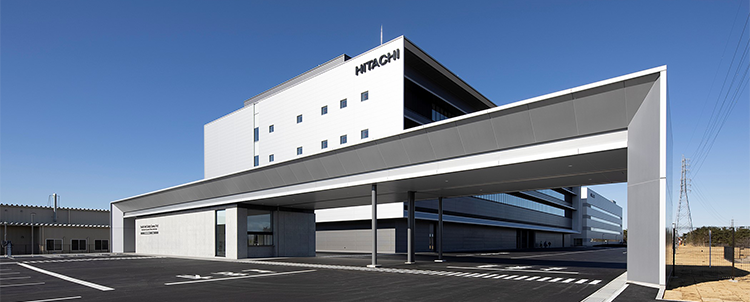Hitachi High-Tech Products & Services
-
Products & Services
Search by product
Contact Us
Inquiries about products and services
Support
Introducing membership services
News
- News
- News Releases
-
Products & ServicesNews Releases
-
Products & ServicesNews Releases


